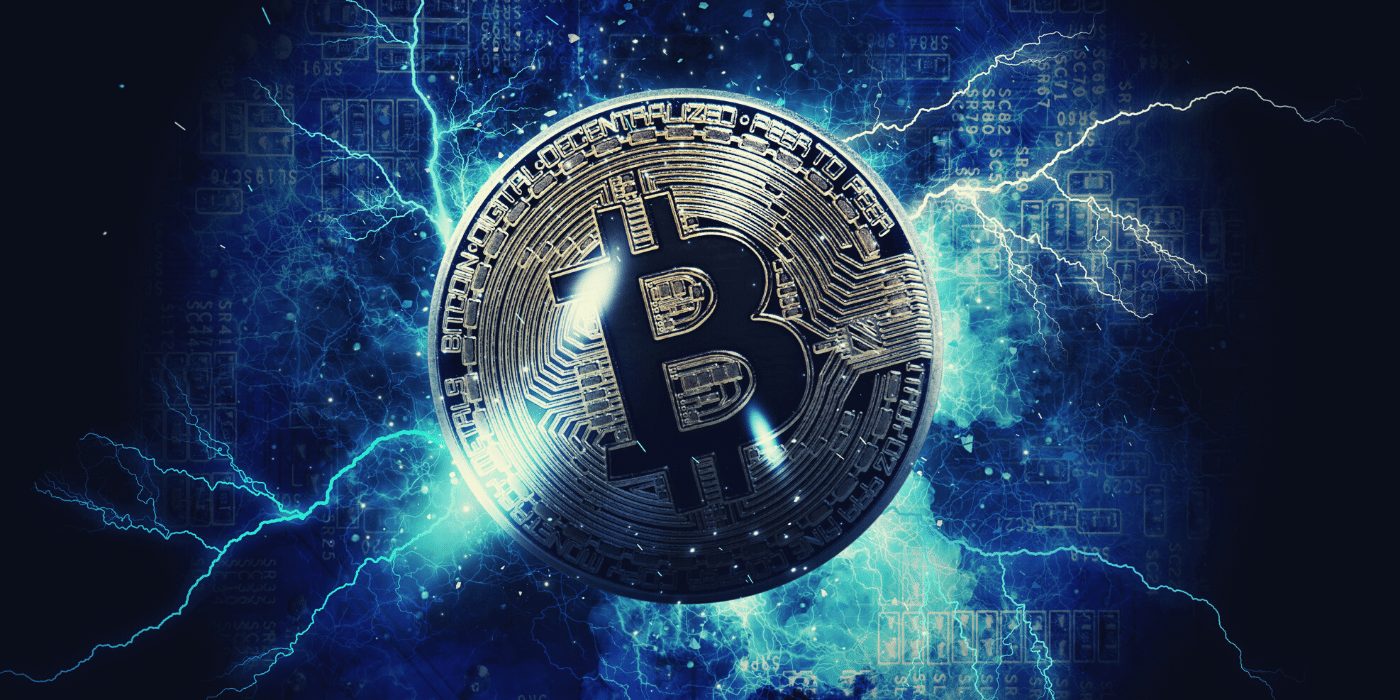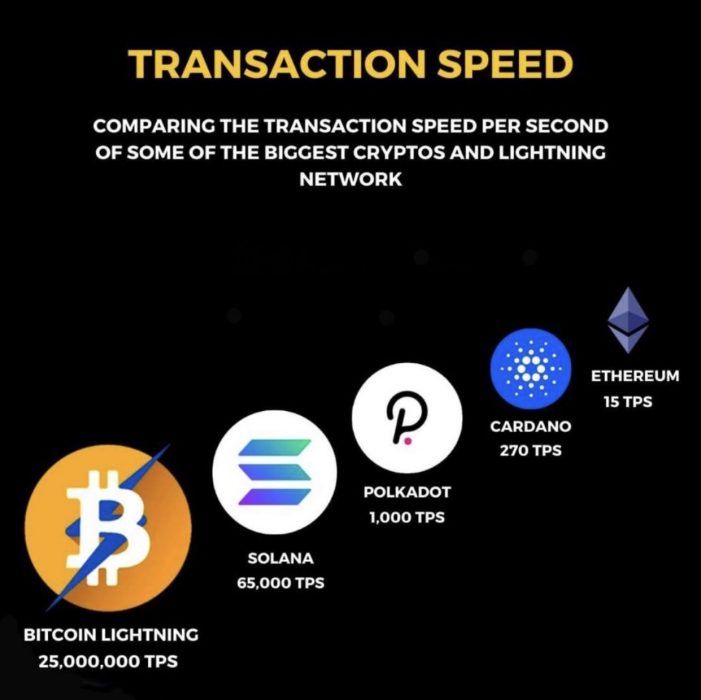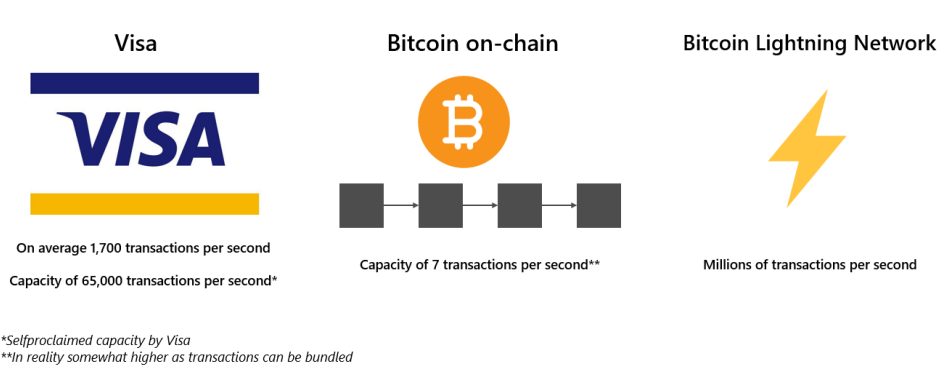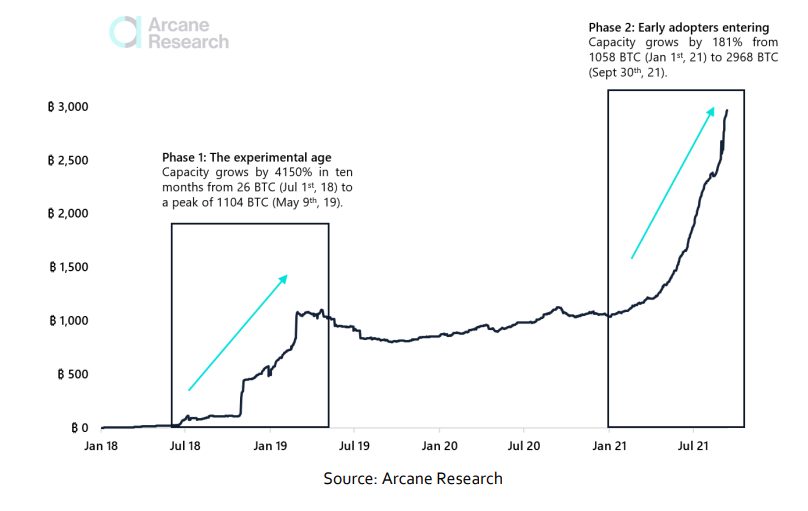Bitcoin’s volatility is the most frequently cited criticism of El Salvador’s adoption of bitcoin as legal tender. To address this legitimate concern, Bitcoin Beach wallet developer Galoy has released a new feature called “Stablesats”, enabling users to send synthetic US dollars over the Lightning Network.
Game-Changer for Developing Nations
Developing nations are often argued to be those that stand to benefit most from bitcoin adoption. The harsh reality, however, is that the asset’s volatility presents a material obstruction to adoption as a medium of exchange, simply because the majority of potential users don’t have the financial legroom to withstand its unpredictable price moves.
In response, Galoy has created “Stablesats” to enable users to save in BTC and spend in USD, all through the Lightning Network:
With Stablesats-enabled Lightning wallets, users are able to send from, receive to and hold money in a USD account in addition to their default BTC account. While the dollar value of their BTC account fluctuates, $1 in their USD account remains $1 regardless of the bitcoin exchange rate.
Nicolas Burtey, chief executive officer, Galoy
Importantly, what makes it different from other stablecoins such as Tether (USDT) is that there is no token; it is simply bitcoin stabilised into a dollar balance:
The company also announced that it had raised US$4 million to develop GaloyMoney, an open-source Bitcoin banking platform, a versatile application programming interface (API) and an enterprise-ready Lightning gateway offering organisations access to Lightning payments.
Mechanics and Risks
Stablesats is able to offer a US dollar balance underpinned by bitcoin through a mechanism know as inverse perpetual swaps. It works by pledging the user’s bitcoin as collateral to an exchange to purchase derivative contracts that are used to hedge the BTC underlying the US dollar value.
Inverse perpetual swaps are denominated in fiat, with any gain or profit priced in bitcoin. Accordingly, the user’s dollar account incurs unrealised BTC gains if the bitcoin price drops, or unrealised BTC losses if the bitcoin price increases. At a high-level, this is what enables Stablesats to retain a stable dollar balance without interfacing with the traditional banking sector.
Galoy provides a basic video to outline the mechanics behind its synthetic USD:
From a risk perspective, the main concern is naturally a counterparty risk, since the derivatives trade necessarily takes place with a centralised exchange, which also retains custody of the bitcoin. In recent times, it’s become all too familiar to see exchanges hacked, or otherwise freeze user withdrawals.
Assuming the risks can be properly contained, this exciting innovation by Galoy has the possibility to facilitate widespread bitcoin adoption. Simple, user-friendly consumer applications drove the adoption of mobile applications, and there’s no reason to believe it will be different in the case of bitcoin.















